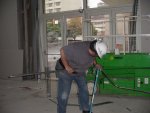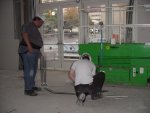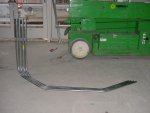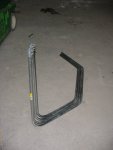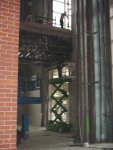electrofelon
Senior Member
- Location
- Cherry Valley NY, Seattle, WA
Another idea: It seems like lots of people are saying they band offsets with the pipe on the floor and the bender handle sticking up. I always bend offsets with the bender shoe up and handle on the ground (except for 1 1/4!). This gives you a nice site line to compare the pipe to the angle on the bender shoe. OP not sure which way you were doing it, but something to try, maybe that will work better for you.


